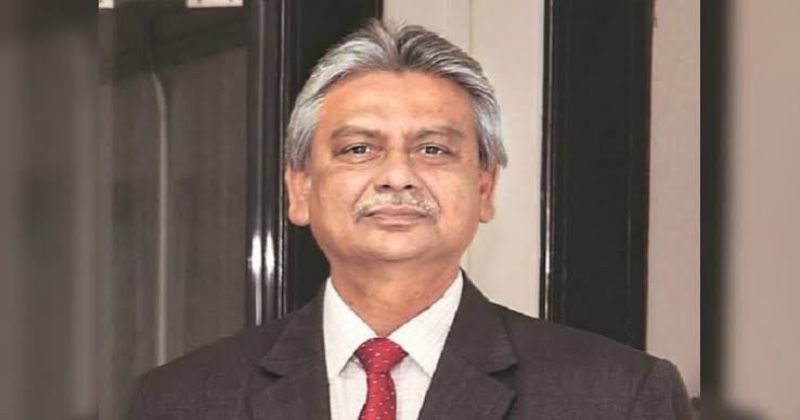
In his address at the Lal Bahadur Shastri National Academy of Administration in Mussoorie, RBI Deputy Governor Michael Patra stated that India has the potential to experience rapid economic growth, potentially becoming the world’s second-largest economy by 2031 and possibly the largest by 2060, a decade earlier than previously predicted. Patra mentioned that the OECD anticipates India surpassing the US in PPP terms by 2048, but he believes this could happen within the next seven years. He emphasized India’s inherent strengths and determination to achieve these ambitious goals, noting that while China’s economic rise began in the early 1990s, India’s significant growth phase started in 2010.
Patra identified several key factors driving India’s growth: robust investment supported by domestic savings and stable external debt, effective monetary policy and inflation management that have stabilized the economy, a healthy banking sector, ongoing fiscal consolidation, and the country’s demographic advantage of a young and expanding workforce. Additionally, he highlighted the transformative impact of India’s digital revolution, which positions the country as a global leader in leveraging digital technologies for economic growth.
Patra asserted that if India can maintain a 9.6% annual growth rate over the next decade, it could escape the lower middle-income trap and achieve developed economy status. He outlined the milestones necessary for this transition: reaching a per capita income level of $4,516 to $14,005 to attain middle-income status, and then surpassing this level to become a developed country. These achievements, he stressed, would reflect India’s progress in terms of per capita income and overall economic development.

Post Your Comments